All babies are naturally born with a few reflexes like sucking, startling, and grasping. Over a period of time, these reflexes fade, making way for more purposeful movements. Let’s look at a few ways in which you can help your baby develop reflexes.
0 - 3 Months
The hand movement that happens in your little one's initial three months is spontaneous. When you put your finger in your newborn's palm, their fingers will close around it firmly. Known as a palmar reflex, it is an automatic response. In the upcoming months, these reflexes will ultimately become voluntary activities.
These maneuvers can develop your baby's quick reflexes:
- Your baby should get his tummy time. This is important for a strong hand, arm, shoulder, and back muscles.
- Gently stroke their knuckles using a rattle. As their fingers open, place the rattle in their palm.
- Invest in a baby gym with hanging toys. Engaging your baby in striking the toys helps develop hand-eye coordination.
4 - 6 Months
This is a critical time in the development of your baby's fine motor skills. It is when babies learn to harmonize feelings with hand actions. They'll start grasping their own limbs and transferring things, such as toys, from hand to hand, which shows cause and effect.
These activities can help develop your baby's fine motor skills:
- Playing ‘The Itsy-Bitsy Spider’ or pat-a-cake with your little one helps develop synchronization.
- Shift your baby's spots often. When an infant plays in a new location, their motor skills grow more systematically.
- Sandwich a soft block between your infant's hands to train him/her on how to hold toys.
7 - 9 Months
By now, your baby has mastered holding toys. Thumping, shaking, tumbling, and even tossing them are repetitive play. They are still learning how to eat on their own. Development of your child's pincer grasp will allow him/her to self-feed and hold a spoon between their index finger and thumb.
These strategies can help develop your baby's quick reflexes:
- Your baby makes a mess. Great! It's the perfect preparation for tiny fingers.
- While playing, their shoulders and back should be supported well. This allows them to concentrate on working with their fingers.
- When your baby does things on its own, he/she acquires skills and becomes independent slowly.
10 - 12 Months
During this stage, your baby starts exploring their surroundings. Your child points and uses hand signals to let you know that they want to be held or picked up. They'll applaud to music and eagerly hold your hand too.
To develop your baby's fine motor skills:
- Snugly tie short bits of colored yarn to their fingers separately so they can feel and see them move separately.
- Jabbing holes in clay can help your child learn how to use fingers independently.
- Babies now recognize many words, so ask your kid to do tasks that test their motor skills and learn cause and effect, like pressing a squeaky toy.
When should I consult a doctor?
Usually, your pediatrician will check your child’s reflexes during routine physical checkups, ensuring they exist and are identical on either side and making a note of when they go away.



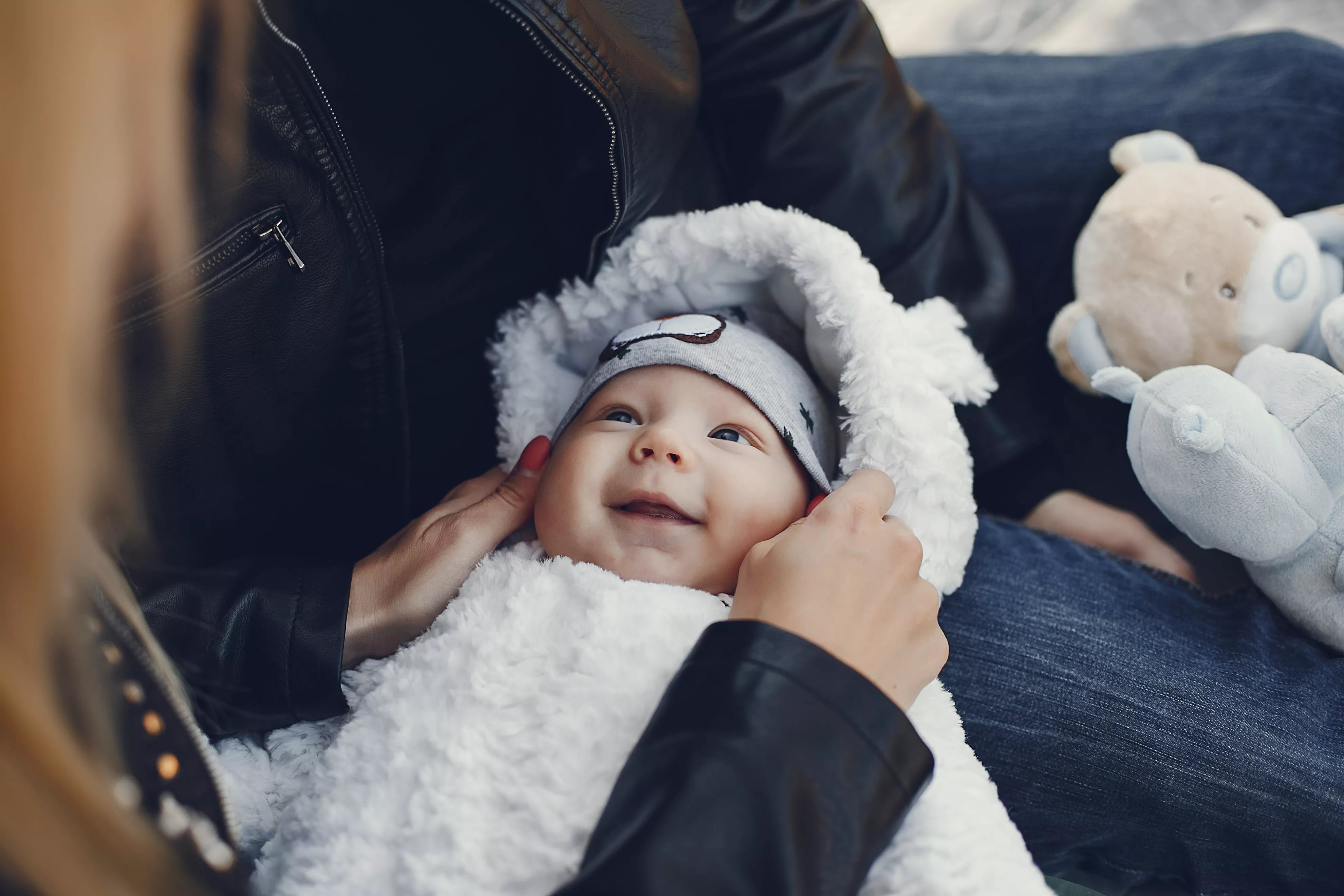


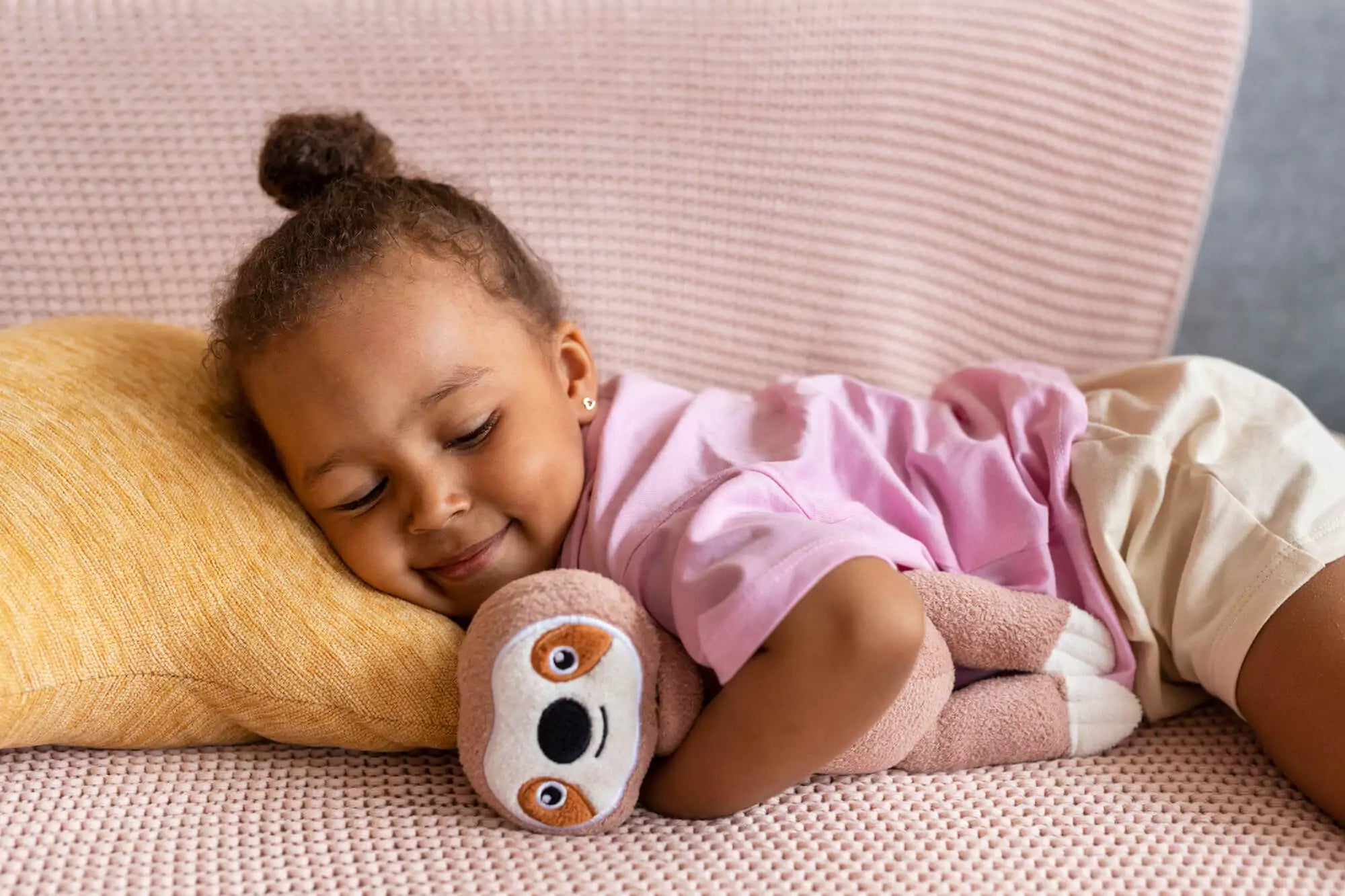

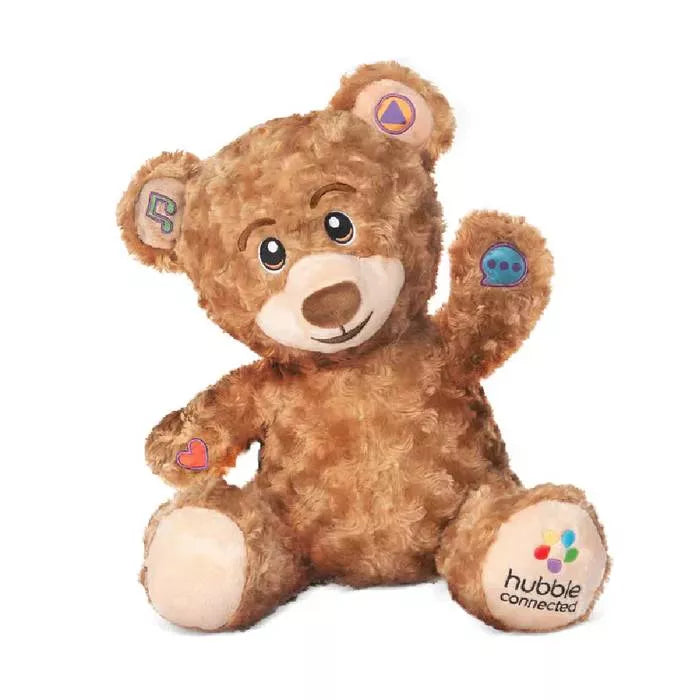
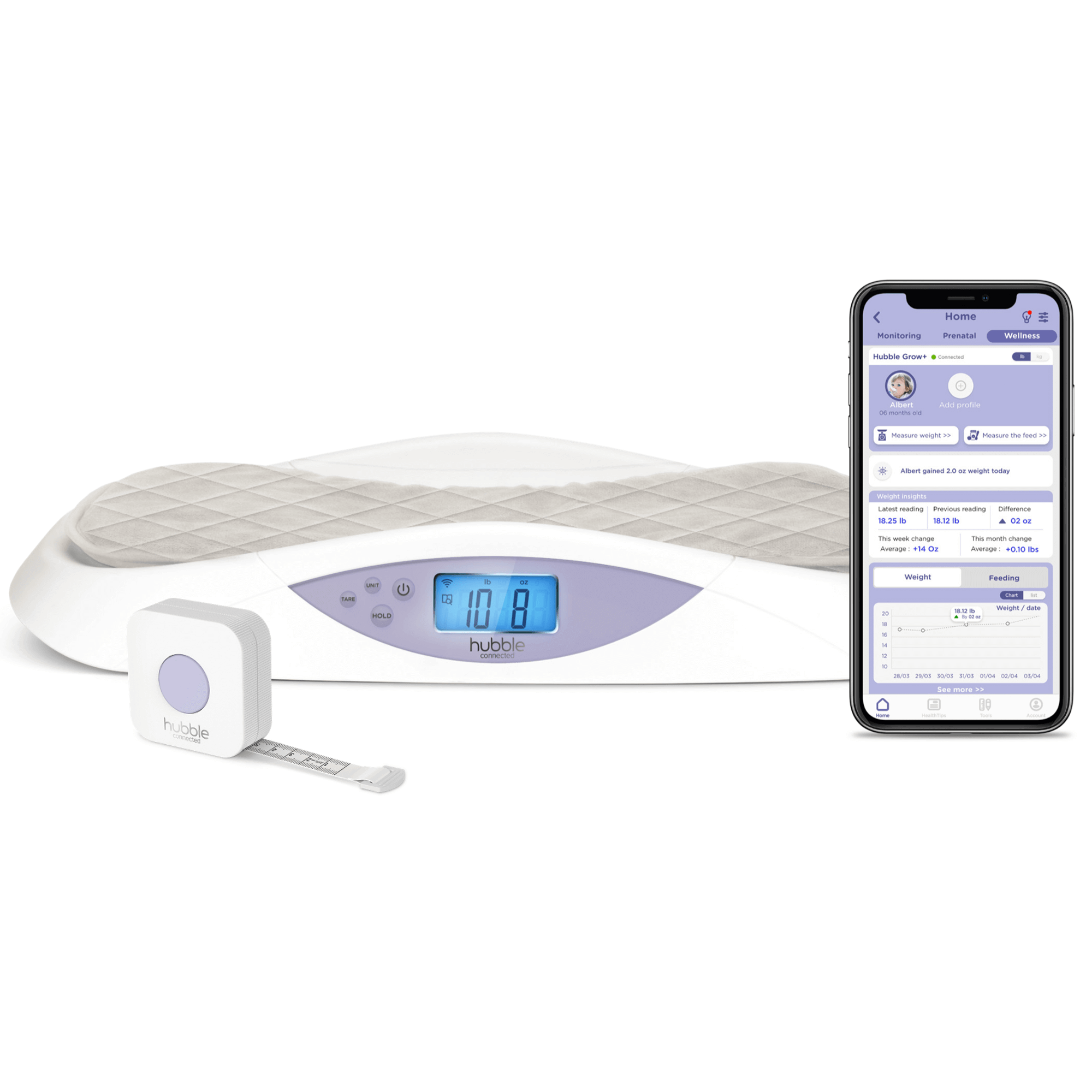
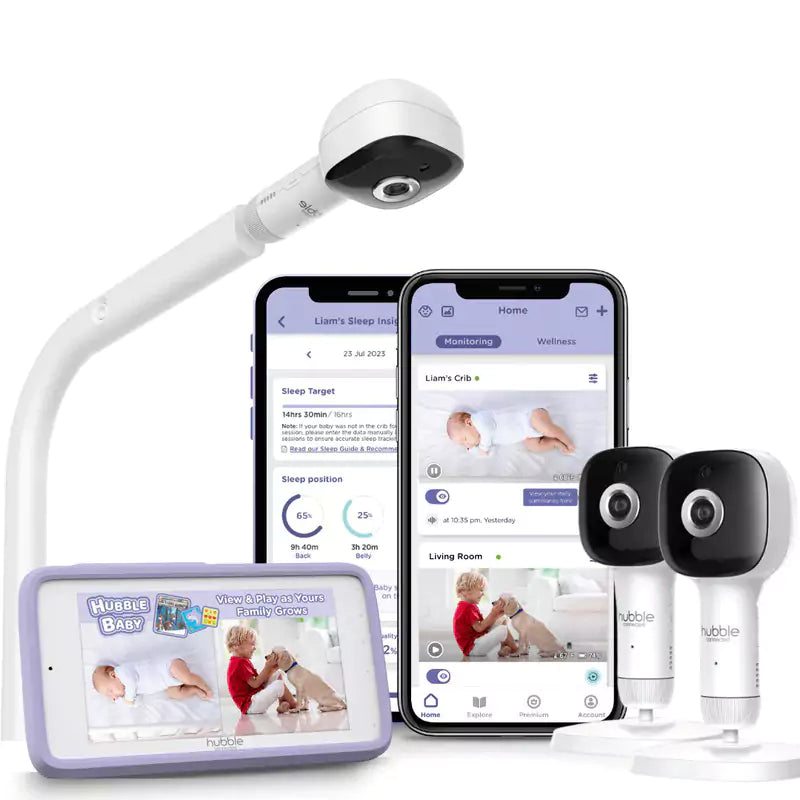
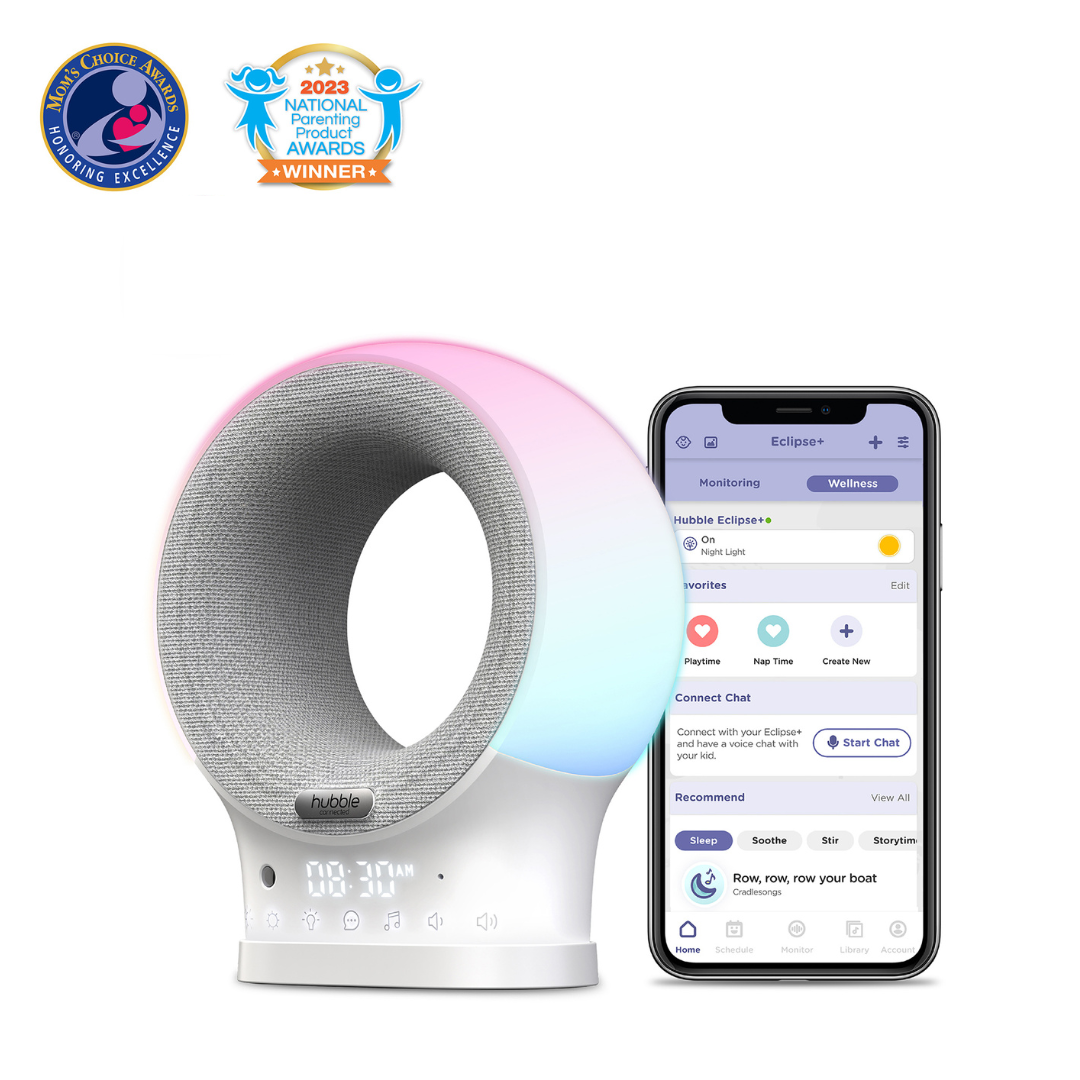

Share: